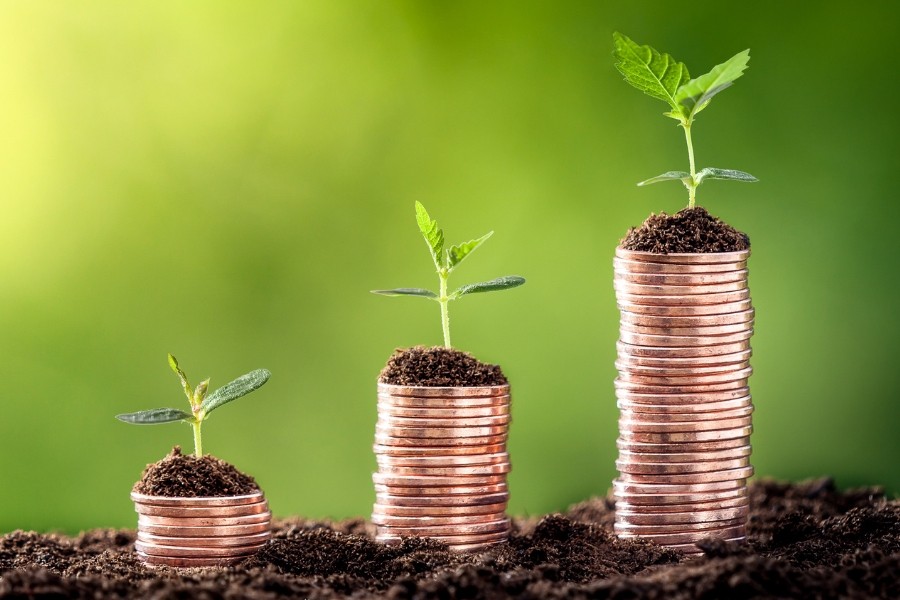It was in September 2015 when world leaders gathered under the umbrella of the United Nations (UN) agreed to work together to make the world a better place for the next generation to live in. A total of 193 countries unanimously adopted the 17 interlinked Sustainable Development Goals (SDGs) to strive for the universal reduction in the negative impact of the climate change, poverty and inequality, and also improvement of education, health, and economic growth. Trade is considered an important tool to achieve the goals. The concept of sustainable trade was, however, in the development discourse even before the SDGs were formulated. The UN SDGs bring the issue of trade in the frontline and also make trade sustainability in the long run as a part of sustainable development.
In general, sustainable trade occurs when the commercial exchanges of goods and services generate social, economic and environmental benefits in accordance with the fundamental principles of sustainable development. It means trade should not only create economic value and reduce poverty; it also needs to cut the inequality as well as preserve and reuse the environmental resources. Thus, the countries also need to manage the social and environmental consequences of trade. The increased pressure for achieving sustainability objectives drives countries and companies to design various routes to make a balance in this regard. International organisations like the United Nation Conference on Trade and Development (UNCTAD) and the World Trade Organisation (WTO) are also trying to measure the sustainability of trade using various yardsticks.
A small but good addition in this exercise is The Hinrich-IMD Sustainable Trade Index (STI). The STI is published every two years since 2016 by The Hinrich Foundation which is a unique Asia-based philanthropic organisation working for advancing mutually beneficial and sustainable global trade. The latest index, published in the first week of this month, is a joint effort of the foundation and the Institute for Management Development (IMD) based in Switzerland. Thus it is renamed The Hinrich-IMD STI which analyses the juncture of international trade and sustainability. The latest index covers only 30 economies, including Bangladesh. It uses some 70 indicators to measure the 'readiness and capacity of economies to participate in the international trading system in a manner that supports their long-term domestic and global goals of economic growth, social capital development, and environmental protection.'
New Zealand, the United Kingdom (UK) and Hong Kong are the three topmost sustainable trading economies in the world, according to the index. These countries are followed by Japan, Singapore, Australia, Canada, South Korea, the United States (US) and Taiwan.
The index is constructed by three pillars. The 'economic pillar' measures the capability of an economy to stand in economic growth through international trade. The quality of trade infrastructure, ease of conducting international trade, export diversification in bilateral trade partnerships, and concentration of export goods are included in the pillar. The 'societal pillar' assesses the social factors contributing to an economy's long-term ability to manage trade. The development of human capital like level of education and labour standards and the backing of a population's tolerance for trade expansion are assessed under the pillar. The tolerance is again measured by the extent of inequality, political stability, and exploitative practices in international trade. These practices include child and forced labour and human trafficking used in an economy's imports and exports. The 'environmental pillar' measures the degree of using natural resources in an economy and the externalities (cost-benefit) that arise from its economic growth and participation in the global trading system. Indicators like air and water pollution, national environmental standards, carbon emissions, and share of natural resources in exports are used in this connection.
The index puts Bangladesh at 24th place among the 30 countries in terms of trade sustainability. It also shows that trade is more sustainable in Bangladesh than in India (26th) and Pakistan (29th). Bangladesh is in the 24th position in the Economic pillar, and 21st in both the Societal and Environmental pillars, indicating that the country needs to work more on economic front to improve the position. It becomes clearer when an analysis of the index shows that the country is still far behind in terms of trade liberalisation, trade costs, export concentration, technological innovation and technological infrastructure. However, the bright spots are: non-tariff barriers, monetary policy intervention and growth in labour.
Again, under the Societal pillar, Bangladesh shows the best performance in 'trade in goods at risk of modern slavery' sub-index among the 30 countries. But the country's performance in educational attainment, labour standards, political stability and absence of violence, goods produced by forced labour or child labour, and government response to human trafficking is shown quite poor.
Finally, the country's environmental situation is largely dissatisfactory in various areas including air pollution and wastewater treatment. Environmental standards in trade are also quite bad though the share of natural resources in trade is very small and it is the only bright spot under the Environmental pillar of the STI. The country is, however, well ahead of many of the peers as regards renewable energy, ecological footprint, transfer emissions and carbon.
The bottom line of the index ranking for Bangladesh is that the country is yet to properly recognise the necessity of sustainable trade. That's why consideration on environmental and societal aspects gets inadequate space in the trade policy. This needs to be changed especially when Bangladesh is going to strip itself of the Least Developed Country (LDC) tag by 2026. In the post-LDC world, environmental standards have become a major determining factor for the country's trade expansion and market access in the developed world. It will be further challenging if the societal factors, as mentioned earlier, continue to be depressed.


